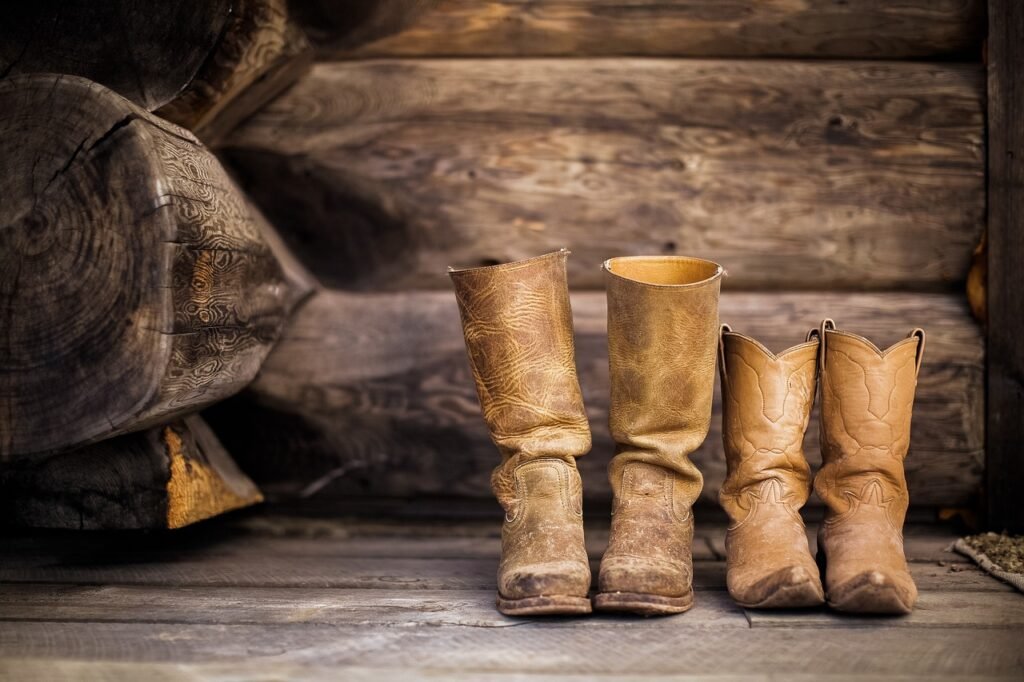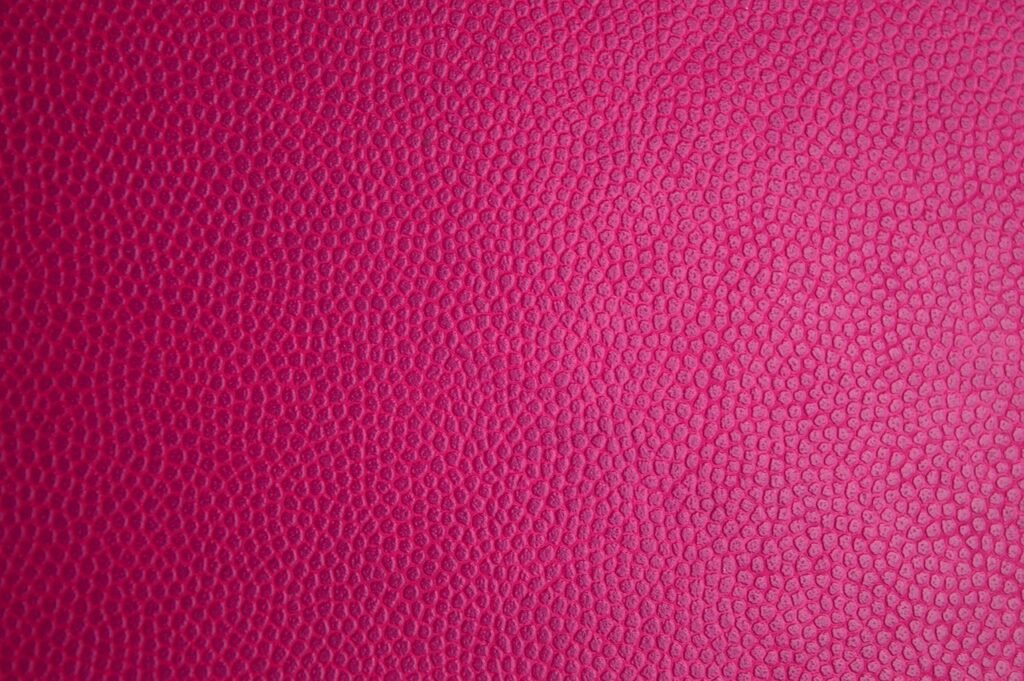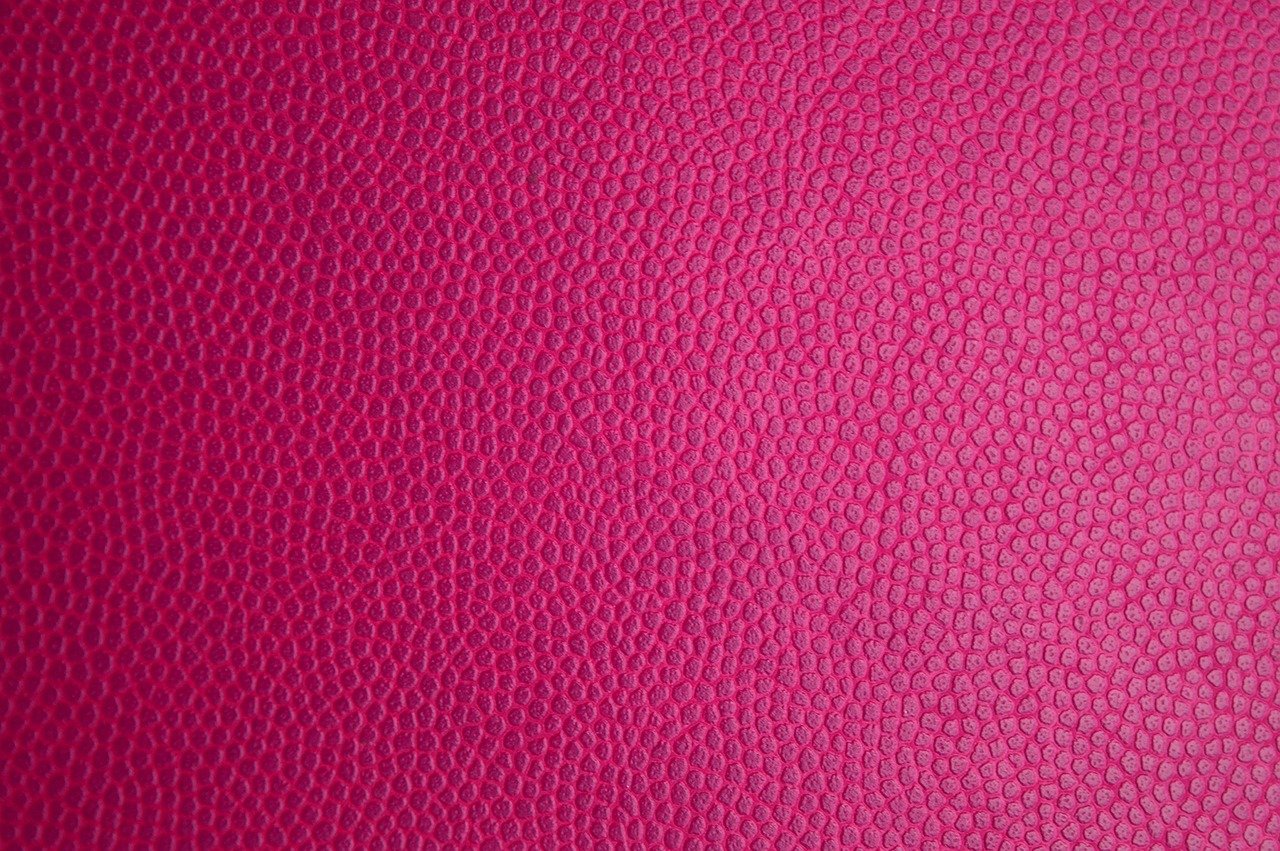Welcome to “Cracking the Code: A Beginner’s Guide to Leather Quality and Grades.” In this article, you will discover the key factors that determine the quality of leather, as well as how different grades of leather are classified. By the end of this informative read, you will have a better understanding of what to look for when purchasing leather goods, ensuring that you are getting the best possible quality for your money. So sit back, relax, and let’s delve into the world of leather together! Have you ever wondered about the differences in quality when it comes to leather products? Whether you’re shopping for a new handbag, pair of shoes, or furniture, understanding the quality and grades of leather can help you make informed decisions on your purchases. In this beginner’s guide, we will walk you through the basics of leather quality and grades, so you can crack the code and make the best choices for your leather goods.
What is Leather Quality?
When it comes to leather quality, there are a few key factors to consider. The quality of leather is determined by the type of animal hide used, the tanning process, and any additional treatments applied to the leather. Higher quality leather tends to be more durable, soft, and have a more luxurious feel. Now, let’s dive deeper into the different grades of leather.
Full Grain Leather
Full grain leather is the highest quality leather available. It is made from the top layer of the animal hide, which features the tightest and strongest fibers. This type of leather is not sanded or buffed, so it retains the natural grain and markings of the hide. Full grain leather is known for its durability and will develop a beautiful patina over time, making it a favorite among leather enthusiasts.
Top Grain Leather
Top grain leather is another high-quality option that is slightly lower in quality than full grain leather. It is also made from the top layer of the hide but undergoes a sanding process to remove any imperfections and create a more uniform look. While top grain leather is still durable and has a smooth finish, it lacks the natural grain patterns found in full grain leather.
Genuine Leather
Genuine leather is a term that is often misunderstood. Contrary to popular belief, genuine leather is not a measure of high quality. In fact, it is one of the lowest grades of leather available. Genuine leather is made from the lower layers of the hide that have been split off from the top grain. This type of leather is often heavily processed and lacks the durability and natural characteristics of full grain and top grain leather.
Bonded Leather
Bonded leather is the lowest grade of leather available and is made from scraps of leather that are bonded together with adhesive. While bonded leather can resemble the look of real leather, it is not as durable and tends to deteriorate quickly. It is often used in low-cost furniture and accessories as a more affordable alternative to genuine leather.
How to Identify Leather Quality
Now that you have a better understanding of the different grades of leather, let’s talk about how to identify leather quality when shopping for leather goods. There are a few key things to look out for that can help you determine if a product is made from high-quality leather.
Feel and Texture
High-quality leather tends to feel soft, supple, and smooth to the touch. Run your fingers over the surface of the leather and see if it feels like genuine leather. Lower quality leather may feel stiff, plastic-like, or have a rough texture. The quality of leather can often be felt through the fingertips.
Smell
Real leather has a distinct, earthy smell that is hard to replicate with synthetic materials. When you’re shopping for leather goods, take a sniff and see if the product has that classic leather scent. Bonded leather and fake leather products often have a chemical or plastic smell.
Grain Patterns
Grain patterns are another way to determine leather quality. Full grain and top grain leather have natural grain patterns and markings that are unique to each hide. Look for irregularities, scars, or wrinkles in the leather to ensure you are getting a genuine, high-quality product.
Stitching and Details
Pay close attention to the stitching and details on leather goods. High-quality leather products are often handcrafted with precision and care. Check the seams, edges, and hardware to see if they are well-made and durable. Quality craftsmanship is a good indicator of the overall quality of the leather product.

This image is property of pixabay.com.
Different Types of Leather Finishes
In addition to the quality and grades of leather, there are different types of leather finishes that can affect the look and feel of the leather. Understanding these finishes can help you choose the right leather product for your needs.
Aniline Leather
Aniline leather is the highest quality leather finish available. It is dyed with soluble dyes that penetrate the leather, allowing the natural grain and markings to show through. Aniline leather is known for its soft, luxurious feel and rich color variations. However, it is less resistant to stains and fading compared to other finishes.
Semi-Aniline Leather
Semi-aniline leather is a step below aniline leather in terms of quality. It is also dyed with soluble dyes but has a protective coating applied to the surface. This coating helps enhance the durability and resistance of the leather while still allowing the natural beauty of the grain to shine through.
Pigmented Leather
Pigmented leather is the most durable and stain-resistant leather finish available. It is dyed with pigments that create a uniform color and hide imperfections in the leather. Pigmented leather is often used in furniture and car interiors due to its resistance to wear and tear.
Nubuck Leather
Nubuck leather is made from top grain leather that has been buffed to create a suede-like texture. It is soft, velvety, and has a luxurious feel. Nubuck leather is more delicate and prone to staining, so it requires special care and maintenance to keep it looking its best.
Leather Care Tips
Proper care and maintenance are essential for keeping your leather goods looking their best and lasting a lifetime. Here are some tips on how to care for your leather items:
Cleaning
Regularly clean your leather goods with a soft, damp cloth to remove dirt and dust. Avoid using harsh chemicals or cleaners that can damage the leather. For tougher stains, use a leather cleaner specifically designed for the type of leather you have.
Conditioning
Leather needs to be hydrated to maintain its softness and flexibility. Use a leather conditioner to moisturize the leather and prevent it from drying out and cracking. Apply the conditioner with a clean, soft cloth and buff the leather to restore its natural shine.
Storage
Store your leather items in a cool, dry place away from direct sunlight and heat sources. Avoid storing leather goods in plastic bags or airtight containers, as this can trap moisture and lead to mold or mildew growth. Use a dust bag or breathable fabric to protect your leather products from dust and scratches.
Waterproofing
Protect your leather goods from water and moisture by applying a waterproofing spray or wax. Waterproofing products create a barrier that repels water, helping to prevent stains and water damage. Be sure to test the product on a small, inconspicuous area first to ensure it does not discolor or damage the leather.

This image is property of pixabay.com.
Investing in Quality Leather Products
When it comes to purchasing leather goods, quality should be your top priority. Investing in high-quality leather products may cost more upfront, but they will last longer and age beautifully over time. By understanding the different grades of leather, identifying quality indicators, and caring for your leather items properly, you can enjoy luxurious and durable leather goods for years to come.
Conclusion
Congratulations! You have successfully cracked the code on leather quality and grades. Armed with this knowledge, you can now confidently shop for leather products with the assurance that you are making informed decisions. Remember to look for full grain or top grain leather, pay attention to the feel and details of the product, and care for your leather items properly to maintain their beauty and longevity. Happy shopping and enjoy your luxurious leather goods!
